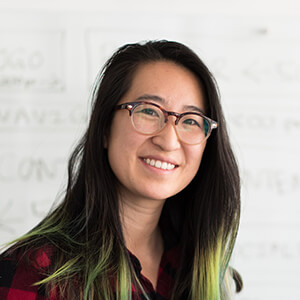Varicose Veins
We provide full range of treatment options for varicose vein treatments in healthy adults
Your total vein care clinic UK

Treatment options for Varicose Veins
EVLT
A non-surgical option to close off leaky veins and hidden Varicose Veins from inside
Sclerotherapy
A non-surgical option to close varicose, thread and spider veins using tiny injections
Microphlebectomy
A minimally invasive procedure to remove Varicose Veins through tiny incisions under local anaesthesia
Frequently Asked Questions
Most frequent questions and answers
What are varicose veins ?
The word “varicose” is derived from the Latin root word “varix,” which means an abnormally dilated or swollen vein, artery, or lymph vessel. So varicose veins are abnormally swollen and enlarged veins that have widened as a result of weakness in the vein wall, which stretches and bulges. These can feel lumpy, bulging or twisted in appearance. They may be flesh coloured, blue or purple in appearance. They mostly occur in the legs. In general these are veins larger than 3mm in size. Veins smaller than 3mm are classed as flaire veins, thread or spider veins.
What are thread and spider veins ?
Unsightly leg veins can be a problem for millions of men and women, the world over. This problem affects a wide range of age groups, skin types and lifestyles. It is estimated that in many areas over 60 percent of the adult population suffers from varicose veins, thread veins or spider veins. Thread and spider veins are the small superficial purple or red veins stretching like a web under the skin. Sometimes thread and spider veins are like the tip of an iceberg, but majority occur in absence of problems with the deep veins.
What are the symptoms of varicose veins ?
For some it only a cosmetic concern making their legs feel less attractive but for others, varicose veins cause aching pain and discomfort and may lead to serious problems if not treated.
other symptoms of varicose veins can include:
• aching, heavy and uncomfortable legs
• swollen feet and ankles
• muscle cramp in legs, particularly at night and may be associated with restless legs
• dry, itchy and thin skin over the affected vein
• skin pigmentation and thickening in lower leg
• eczema and ulceration
• rarely bleeding or bruising from varicose veins
What risk factors increase my chances of developing Varicose Veins ?
• Standing for long periods of time. This means the calf muscle pump is not actively pushing blood to your heart.
• Obesity. Extra weight puts more pressure on leg veins.
• Age. The normal processing of aging causes wear and tear on the in the vein valves. This may causes the valves to fail and malfunction.
• Sex. Women have a higher chance than men are to develop varicose veins and spider veins. This is attributed to hormonal changes during pregnancy, menopause may also be a factor. The use of HRT or oral contraceptive pills may increase the risk of varicose veins.
• Genetics. You have higher chance of getting variocse veins if you have a family history of these.
What other conditions cause varicose veins ?
Other conditions
In rare cases, varicose veins are caused by other conditions. These include
- a previous blood clot which has damaged vain walls or valves [ post-thromboti syndrome]
- a swelling or tumour in the pelvis causing compression on the vein.
- abnormal blood vessels opening into veins causing backflow of blood.
Can Pregnancy cause Varicose Veins ?
Pregnancy can cause or worsen varicose veins. Pregnancy has three main effects.
- It increases the volume of blood in a woman’s body.
- It decreases the flow of blood by relaxing vein walls due to increased progesterone hormone.
- Enlarging uterus exerts pressure on the veins in the pelvis.
How can I prevent Varicose Veins ?
There is little evidence to suggest you can stop varicose veins getting worse, or completely prevent new ones developing. However, there are ways to ease symptoms of existing varicose veins, such as
- avoiding standing or sitting still for long periods, trying to move around every 30 minutes.
- taking regular breaks throughout the day, raising the legs on pillows while resting to ease discomfort.
- exercising regularly, this can improve circulation and help maintain a healthy weight.